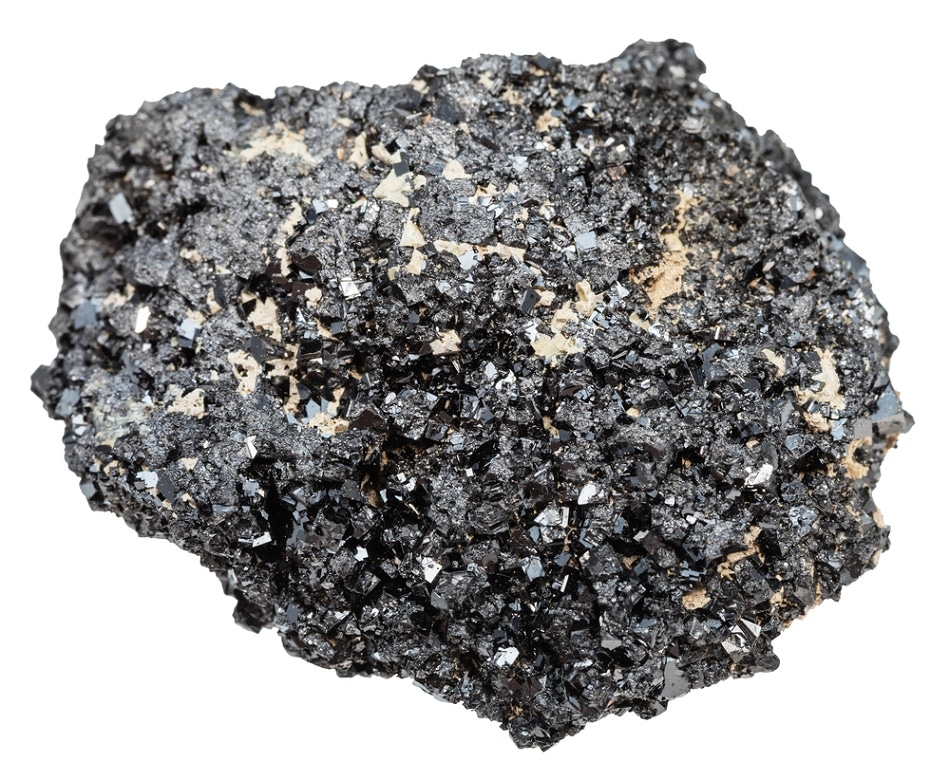Dec 8 2016
 vvoe/Shutterstock.com
vvoe/Shutterstock.com
EPFL scientists have for the very first time studied the nanoscale elemental distribution of mixed perovskites, which is particularly relevant for photovoltaic reproducibility and efficiency.
Perovskites are a group of materials that present an enhanced and inexpensive alternative to silicon solar panels. They comprise of hybrid inorganic and organic units, made out of Halogens (e.g. Iodide and/or Bromide), a metal (e.g. lead), Hydrogen, Nitrogen and Carbon, forming a 3D crystal-lattice structure.
Usually, perovskites are deposited as thin films on a surface, and they self-organize into crystals capable of being used for efficient solar cells. Limited information is available about the self-organization of the material, or how the different elements distribute - all of which is vital for optimizing perovskite photovoltaics.
EPFL scientists, working with researchers from Luxembourg Institute of Science and Technology (LIST) have partially solved the mystery by merging state-of-the-art microscopy with mass spectrometry. The work is featured in the Journal of the American Chemical Society.
The team, headed by Mohammed Nazeeruddin at EPFL, used the information mainly for three different techniques in order to reveal significant micro- and nanoscale elemental and structural properties in self-organizing mixed perovskite films.
A helium-ion microscope (HIM) was used first by the scientists. HIM uses a helium ion beam for scanning the samples, linked to a secondary ion mass spectrometer (SIMS). High-resolution morphological information is provided by the helium ion microscope, and SIMS examines the elemental composition of thin films and solid surfaces.
By merging both the methods, this unique HIM-SIMS instrument provides chemical information about the perovskite film’s surface together with a lateral resolution down to 10 - 20 nm.
The second method called Kelvin probe force microscopy is a type of atomic force microscopy. In this method, an ultrasensitive cantilever scans a surface in order to map local surface potential variations.
Combined photoluminescence and Raman spectroscopy mapping finally revealed structural and optical non-homogeneities on the pervoskite.
After analyzing the results the team conceptualized the nanoscale distribution of charge carriers and elements in mixed perovskite solar cells made up of 20% efficiency. The research specifically highlighted that part of the mixed perovskite film intrinsically segregates into pure iodide perovskite nano-domains up to a few hundred nanometers in size. This means that the film’s homogeneity is disrupted, which also results in rigorous non-homogeneities in the film’s optical properties.
The findings will help in optimizing the manufacturing of perovskite solar cells in the future, thus prompting the authors to state: "Our results provide unprecedented understanding of the nanoscale perovskite composition.”
This study involved a collaboration between EPFL’s Institute of Chemical Sciences and Engineering with the Luxembourg Institute of Science and Technology, and also included contributions from EPFL’s Molecular Engineering of Optoelectronic Nanomaterials Lab (LIMNO) and Laboratory for Photonics and Interfaces (LPI), ISTM-CNR (Perugia), and Laboratory for Photonics and Interfaces (LPI). The work received funds from the Qatar Environment and Energy Research Institute (QEERI), the Hamad Bin Khalifa University (HBKU), the Qatar Foundation the Marie Curie Institute and the National Research Fund of Luxembourg.